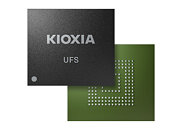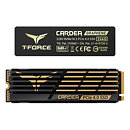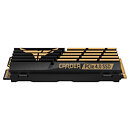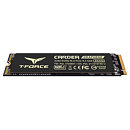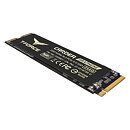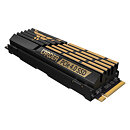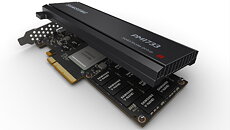Report: ASP of NAND Flash Products Will Continue to Fall 5~10% in 2Q23, Whether Prices Continue to Decline in 2H23 Will Depend on Demand
Although NAND suppliers have continued to roll back production, there is still an oversupply of NAND Flash as demand for products such as servers, smartphones, and notebooks is still too weak. Therefore, TrendForce predicts that the ASP of NAND Flash will continue to fall in 2Q23, though that decline may shrink to 5~10%. The key to supply and demand returning to a market equilibrium lies in whether NAND suppliers can cut back on production even more. TrendForce believes if demand remains stable, then the ASP of NAND Flash will have an opportunity to rebound in 4Q23; if demand is weaker than expected, then ASP will take longer to recover.
Client SSD: Currently, PC OEM's have managed to liquidate most of their component inventory, and are now gearing up in preparation for mid-year sales events. Suppliers are cutting prices to clear out their inventories of PCIe Gen 3 SSDs, which are gradually being phased out. Meanwhile, prices of PCIe Gen 4 SSDs continue to face downward pressure due to a slow intake of new customer orders. The continuous decline of QLC products in 1Q23 has also dragged down the prices of TLC products, and there is relatively little room for prices to keep falling in 2Q23. While it still remains unclear whether or not demand will recover, TrendForce projects that the prices of PC client SSDs will drop 5~10% in 2Q23.
Client SSD: Currently, PC OEM's have managed to liquidate most of their component inventory, and are now gearing up in preparation for mid-year sales events. Suppliers are cutting prices to clear out their inventories of PCIe Gen 3 SSDs, which are gradually being phased out. Meanwhile, prices of PCIe Gen 4 SSDs continue to face downward pressure due to a slow intake of new customer orders. The continuous decline of QLC products in 1Q23 has also dragged down the prices of TLC products, and there is relatively little room for prices to keep falling in 2Q23. While it still remains unclear whether or not demand will recover, TrendForce projects that the prices of PC client SSDs will drop 5~10% in 2Q23.
























